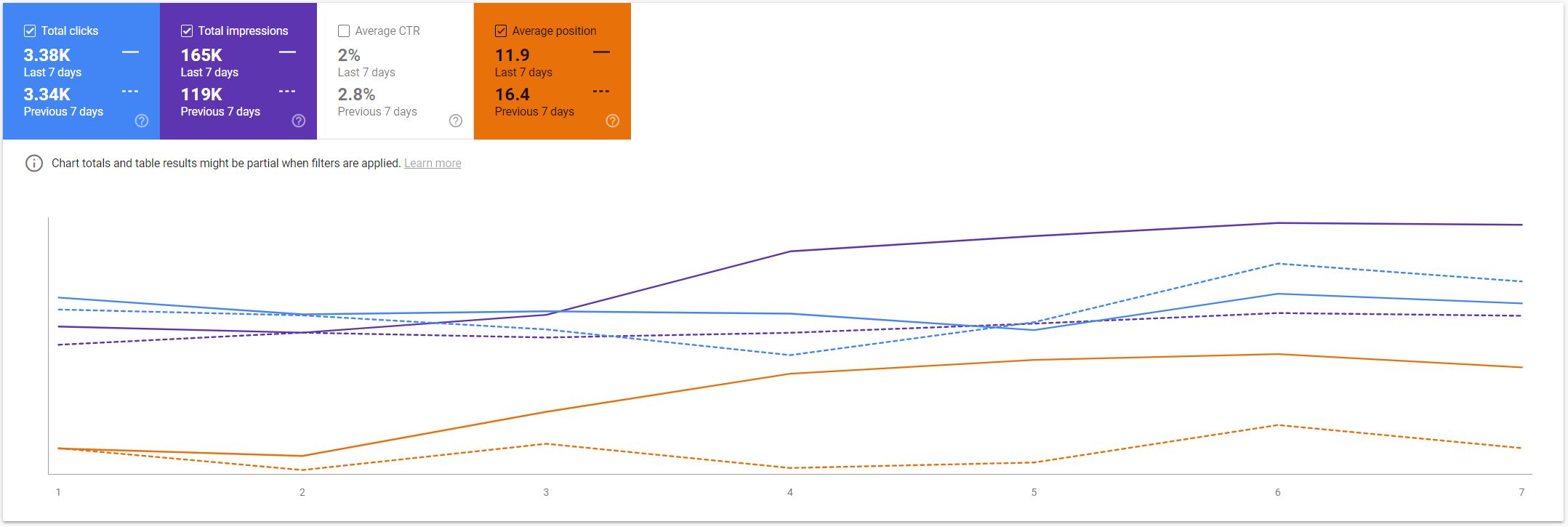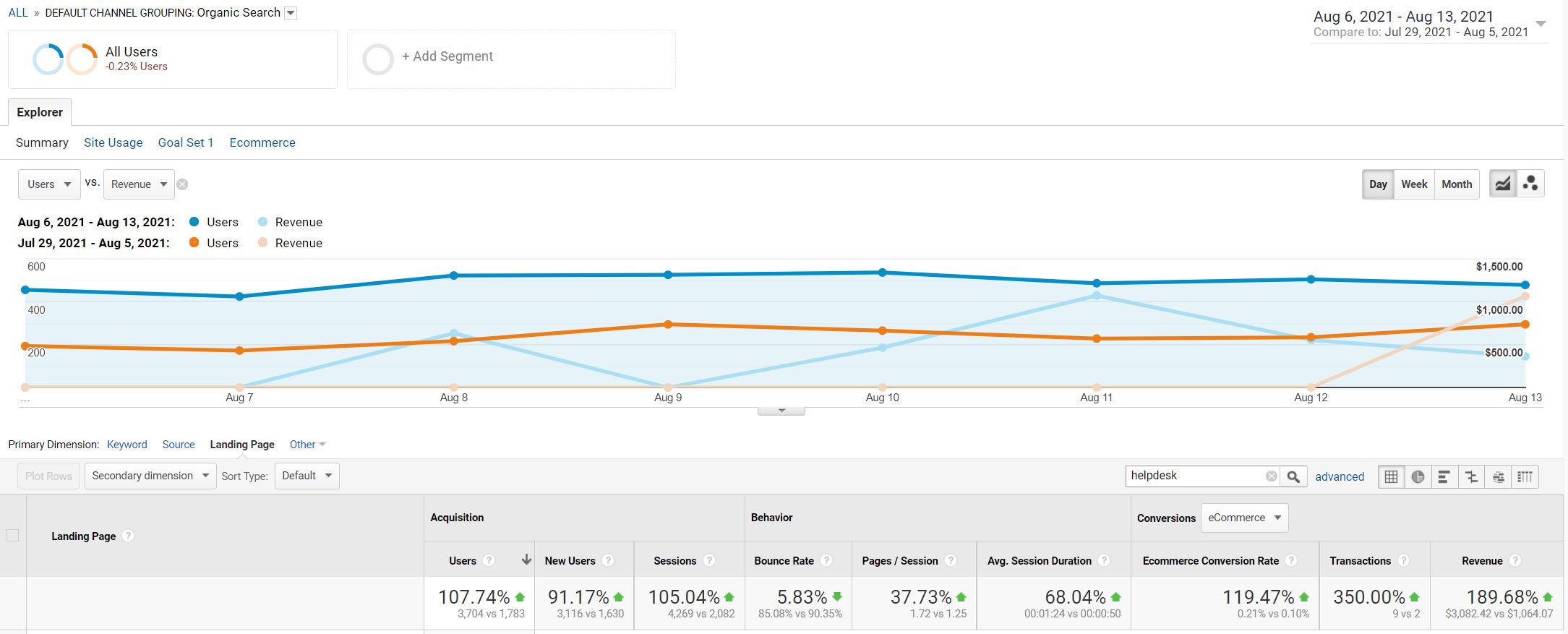How We Optimize Technical SEO to Improve Rankings
As Google releases more and more anti-SEO algorithms targeting traditional methods of ranking website pages, technical SEO and user experience will become increasingly important.
One bucket spills as the other fills.
Below we’re going to breakdown an experiment we ran improving some technical and user experience components of an article directory.
GSC screenshot below showing an overnight 4.5 overall position improvement.

Step 1 – Identify and Prioritize Where Page Bloat is Coming From
Most websites utilizing WordPress come with many challenges in improving page speed and meeting basic core web vital requirements.
Plugins are often the root cause of this issue.
By identifying first what is causing the bloat and page speed issues within your website pages, you’ll then be able to make a prioritized list of actions to begin improving it.
Step 2 – Get Rid of AMP
AMP in theory, is great.
Fast loading speeds, no bloat, etc.
However, from our tests and experiments – we’re able to reach similar levels of page speed, TTFB, CLS, LCP, etc. with clean code & from-scratch builds as AMP is able.
Far better than what we’re seeing in the search results in terms of competition.
So that leaves AMP delivering our pages with a stripped down UI/UX that provides a poor user experience & unsatisfactory levels of aesthetic design.
Get rid of it – use from scratch designs and avoid page builders.
Below is a screenshot from Google Analytics over the past 5-days post launch of this new environment.
It’s still early and Google will be testing the traffic it’s sending to the website page but for many key terms, we’ve jumped to the #2 position (right under the featured snippet).
With bounce rate actually improving 5.83% thus far, and conversion rate improving 119.47% we should retain these rankings if not grow into a #1 position as we surpass our competitors user experience values.

Step 3 – Improve and Map User Journeys – Conduct Experiments if Necessary
Reducing the amount of steps needed to find information or make a purchase/conversion will result in an improvement in organic traffic & revenue.
The easier you make things for your potential customers, the more money you’ll website will bring in from those channels.
This technique is becoming standard in all our SEO engagements and it should be in yours as well.
Items to consider for improving user experience journeys:
? Large search bar – advanced search matching.
? Breadcrumbs.
? Sidebar and top-menu navigation with sub-topics.
? Collapsible table of contents within pages containing jump links.
? Remove unnecessary pages, non-valuable pages, and correctly 301 redirect.
? Be minimal, precise, and compact.
Step 4 – Start Your Project
Need help improving your page speed and user experience journeys for an improvement in organic search traffic? ? Reach out to us here to receive a free evaluation. ?
